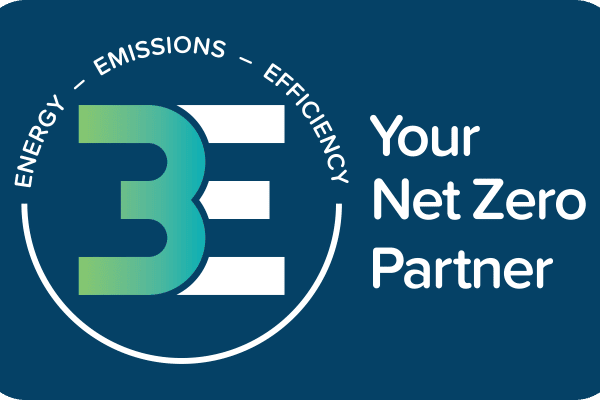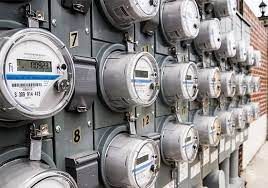| In this article, we look at the seven (7) secrets or factors that contribute towards successful EPC outcomes |
Energy Performance Contracting is a tried and tested delivery model for organisations seeking to implement energy efficiency and equipment upgrades. The combination of low risk, guaranteed savings and integrated services in a turn-key solution are just some of the many appealing aspects of Energy Performance Contracts (EPCs) for project/program managers. However, not all EPCs are created equal, read on to learn the seven secrets to a successful EPC project.
The following ‘ seven secrets to a successful EPC have been compiled from years of lessons learned by Ecosave and practical delivery of $50 million in EPC projects for organisations over the last 10 years.
The seven secrets to a successful EPC project
1) Early Engagement with all Stakeholders
Identifying all stakeholders and developing a plan to engage them effectively is critical to a successful EPC project. Maintain open and transparent communication to key decision makers and stakeholders that are both directly and indirectly affected by – or interested in – the EPC process and its outcomes.
Getting buy-in early and handling queries upfront will ensure all stakeholders are supportive of the EPC project.
Business case
Before you run an EPC, it’s important to prepare and present a business case to all executives and key decision makers relevant to getting project sign off and funding approved.
Return on Investment vs Payback
Also, avoid using Payback periods when engaging key decision makers, and instead focus on Return on Investment expressed as a percentage.
ROI % is a much more meaningful and useful indicator compared to Simple Payback.
For example, an ROI of 10% per annum is easier to justify when considering returns from long term deposits, managed funds, property etc. In contrast, a payback of 10 years may be off putting because 10 years is a ‘long time’.
2) Successful EPCs have funding approval established prior to procurement commencing
Successful EPCs are projects where project funding has been approved BEFORE the procurement process has commenced.
EPCs can take anywhere between several months to several years from concept to completion – and if there is no funding approval prior to launching the procurement process, there’s a risk of additional delays. For instance, if the implementation of the EPC is delayed by months or even years waiting for funding to be approved, the pricing quoted by the Energy Services Company (ESCO) may be outdated, forcing the organisation to pay higher prices than originally quoted.
3) Clear evaluation criteria
Make sure that your tender documentation clearly outlines the specific evaluation criteria that underscores what’s important to you and that forms the basis of scoring and evaluating tender responses.
Clearly defined evaluation criteria is the backbone to a successful EPC procurement process – if there is no clarity and specificity to the evaluation criteria then neither you nor the vendors know what constitutes a quality response to the Request for Proposal (RFP).
Clearly defined evaluation criteria will help ESCOs focus on developing their solutions and bid submission to align to your organisation’s key objectives and goals. Make sure to include ‘weighting percentage’ or some resemblance of a ‘scorecard’- to indicate the relative importance of criteria and how each will be evaluated.
4) Enable ‘Apples with Apples’ comparison
Create a standardised framework for comparing tender responses from different suppliers in an equal manner – comparing ‘Apples with Apples’.
A standardised framework should include specifying parameters, performance benchmarks, metrics and underlying assumptions that every ESCO should refer to when developing their solutions for the RFP.
Examples of such include:
- Stating the maximum EPC project budget
- Stating the energy rates applicable to each site (gas $/GJ and electricity c/kWh) and time of use rates
- Stating baseline energy consumption and operational hours for each facility
- Stating escalation rates
- Guidance on whether avoided capital costs can be used in calculations
- The maximum contribution of non-guaranteed savings
- The treatment of Clean Energy Certificates (CECs) or other rebates and schemes
5) A successful EPC project is where Paybacks are kept as long as possible
Longer Paybacks generally means there’s greater scope for the EPC to implement capital intensive upgrades and deliver significantly more cost savings and greenhouse gas emission reductions.
Less successful EPCs have built-in artificial limitations by nominating short payback periods. Whereas, more successful EPCs have a strong focus on maximising savings which ultimately means having longer paybacks.
Incorporating avoided cost savings from major upgrades or ‘big ticket items’ provides for a lower payback period and implementation of capital intensive upgrades. Therefore, including avoided cost savings is recommended.
6) Prepare Comprehensive data pack
By having a complete data set and library of reference material, you enable ESCOs to focus their time and effort on developing energy conservation measures / technical solutions and not spending half their time collating data. It also helps improve the accuracy of saving calculations by reducing the need for assumptions.
Some examples of what’s included in a comprehensive data pack:
- Site drawings
- Technical drawings and schematics – mechanical, electrical and hydraulic
- Utility and Building Management System interval data
- Utility bills from the last 12 months
- Asbestos registers
- Data sourced from Energy Audits or reports that may have already been carried out (if applicable)
- Other technical data and operational details pertaining to site and equipment usage
7) Quality ESCO
Last but certainly not least – finding and choosing a quality ESCO is paramount to ensuring successful EPC project outcomes.
There are many attributes to a Quality or Top-Tier EPC solutions provider, some of which include:
- Being a Pre-Qualified supplier on State Government EPC Panels
- Capacity – demonstrated financial and organisational capacity to deliver EPCs
- Resources – with built-in redundancy for contingency scenarios
- Relevant Experience & Expertise – depth and breadth of knowledge and demonstrable track record of success in implementing EPCs for similar projects
- Credentials & Qualifications – for individual staff in terms of both academic and professional qualifications and recognition including CEEL, CEES, CEM and CMVP
- ISO Accreditations – including ISO9001 Quality Management, ISO45001 Safety Management and ISO30001 Risk Management
- Longevity in the market
- Technical innovation
In conclusion, each of the 7 secrets are inseparable layers and fundamental for a successful EPC.
Like baking a cake – if one ingredient is missing or unmeasured, or if the recipe is not followed carefully – then your cake might not taste as expected. But if you use good measure of each of the 7 ingredients and carefully follow the recipe – then you can have your cake and eat it too.
If you are after more information about EPCs, please contact our EPC specialists at https://www.ecosave.com.au/contact or call 1300 55 77 64











